| Wednesday, November 17, 2021 | |
Smart MedTech |
|
| 13:45 | Keynote |
Opening remarks by session chair |
|
| 13:55 | Supply continuity and post covid recovery, DB Schenker |
| 14:15 | Innovation cycle: collaboration in the value chain for realising new intelligent products, Dr. Stefan Ernst, XFAB |
| 14:35 | Gas and particle sensors, electronic noses in healthcare sector - a new momentum |
Jerome Mouly, Team Lead Analyst Sensing & Actuating, Yole Développement Gas and particle sensors, electronic noses in healthcare sector - a new momentum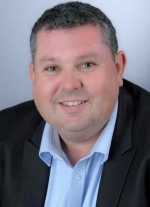
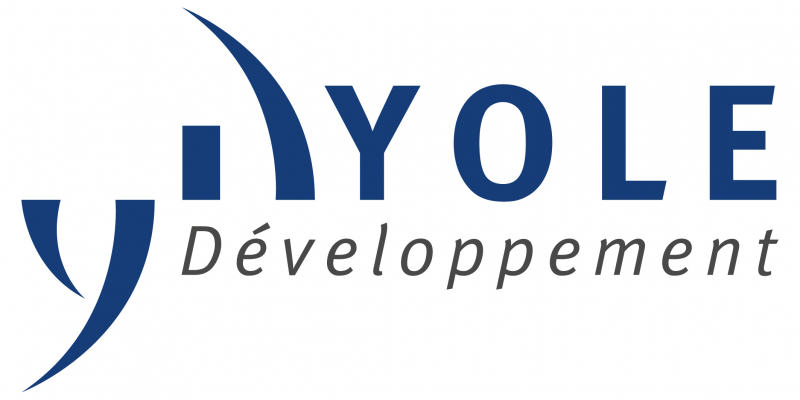 Abstract Biography |
|
| 14:55 | Application-Specific Integrated Circuits Pave the Way to New Innovative Electro-Therapies for Cardiology and Neurology |
Elsa Bernard-Moulin, Marketing Manager, IC'Alps Application-Specific Integrated Circuits Pave the Way to New Innovative Electro-Therapies for Cardiology and Neurology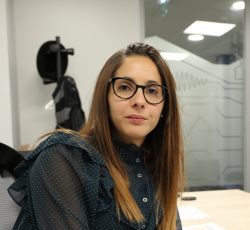
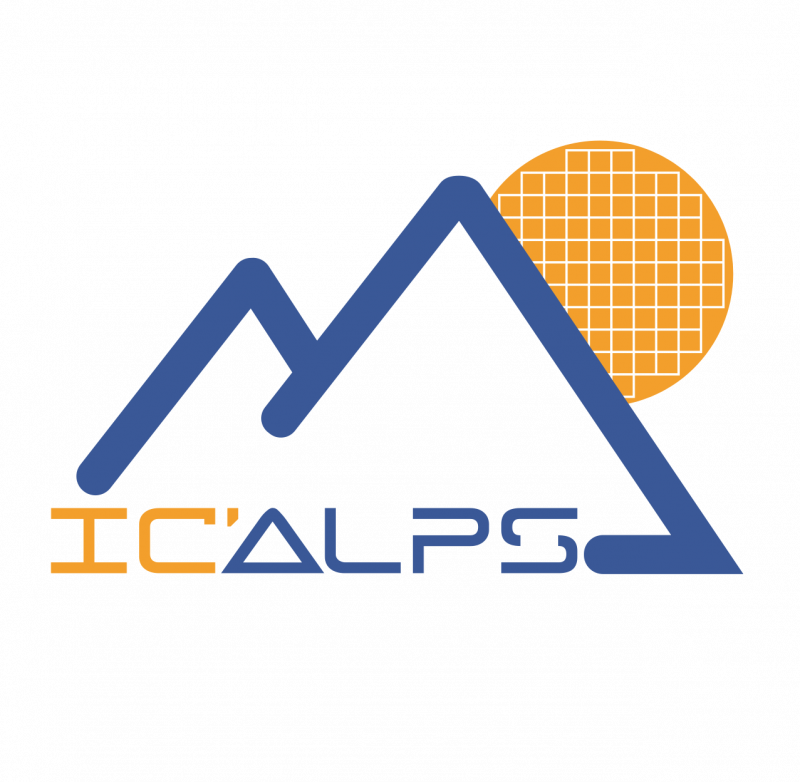 Abstract Biography |
|
| 15:15 | Opportunities and challenges of high-throughput 3D metrology equipment for semiconductor process control |
Hamed Sadeghian, CEO, Nearfield Instruments Opportunities and challenges of high-throughput 3D metrology equipment for semiconductor process control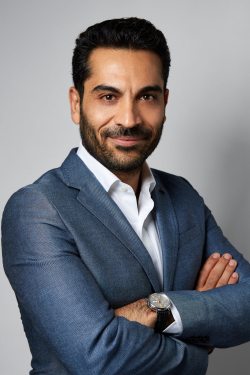
 Abstract Biography |
|
| 15:35 | New point of care devices, IMEC |